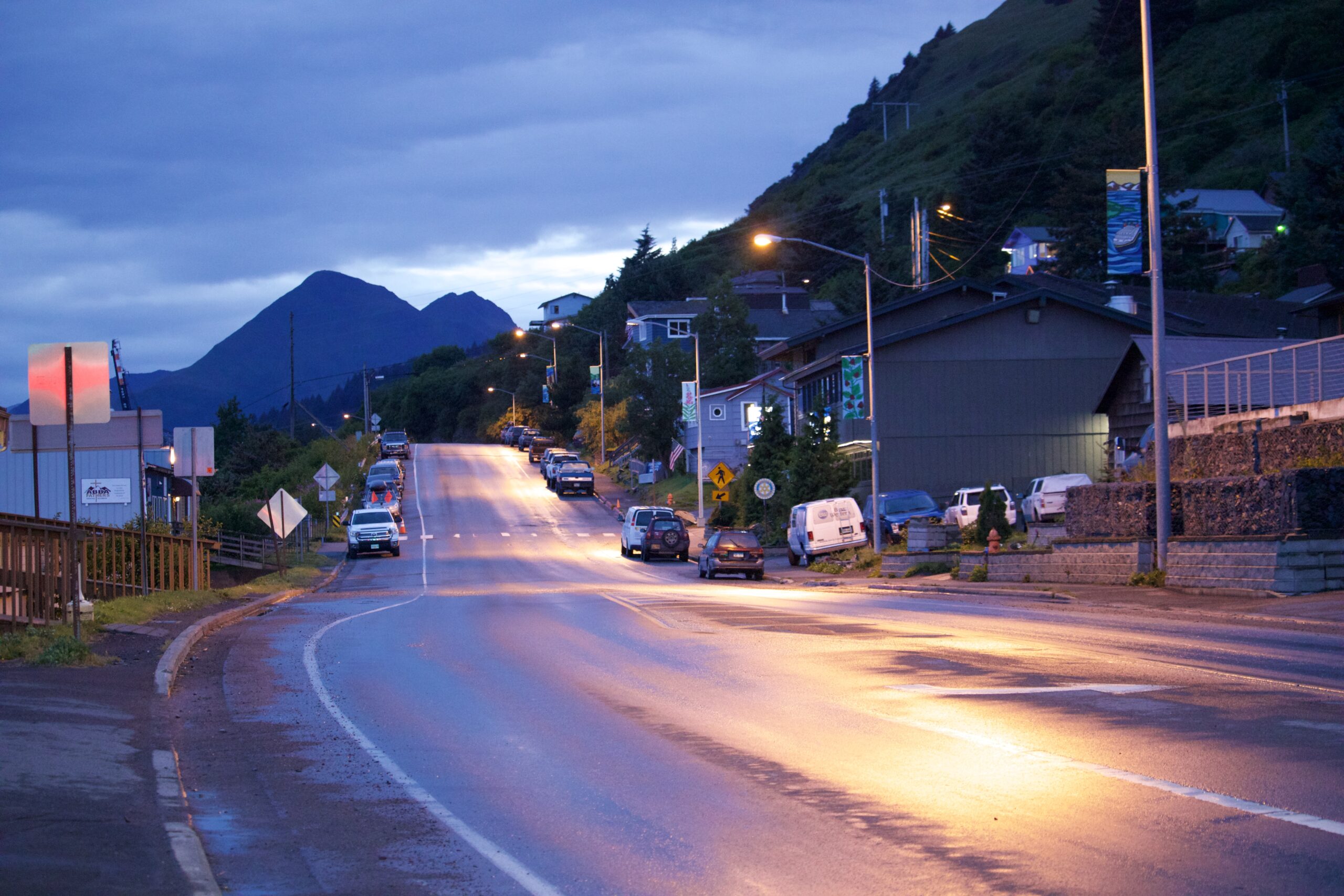
The problem in Anchorage is that people driving to and from work twice a day push the city’s carbon monoxide levels above federal standards. ABR Inc. pays its employees $3 a day if they don’t use a car. If two employees carpool, they each get $1.50 a day. Another firm, Ecology and Environment Inc., offers $1 a day for those using alternative transportation such as the bus or a dogsled. Three employees forming a carpool is worth $1.50 to each.
To further boost participation, E&E started a raffle. For each day without driving, an employee was entitled to one entry in the monthly drawing for $500 and a yearly drawing of $1,000. The program has been in effect at E&E since 1973, and the benefits to the community as well as the individual employees have mounted up over that time. The company estimates that its employees have avoided 31 million miles of driving, saved 1.7 million gallons of gasoline and prevented the release of 1.5 million pounds of carbon monoxide.
ABR has taken a different tack in extending its efforts to reduce air pollution. The company taxes itself for the amount of carbon it puts in the air, and then uses that money in the community. It buys engine heaters and hybrid cars for its employees, and even helped a junior high school install solar panels.
While the incentives may seem trivial, they build over time, just as the reductions in air pollutants do. It’s a fact. Incentives work, even at work.
 Anchorage Daily News
Anchorage Daily News

